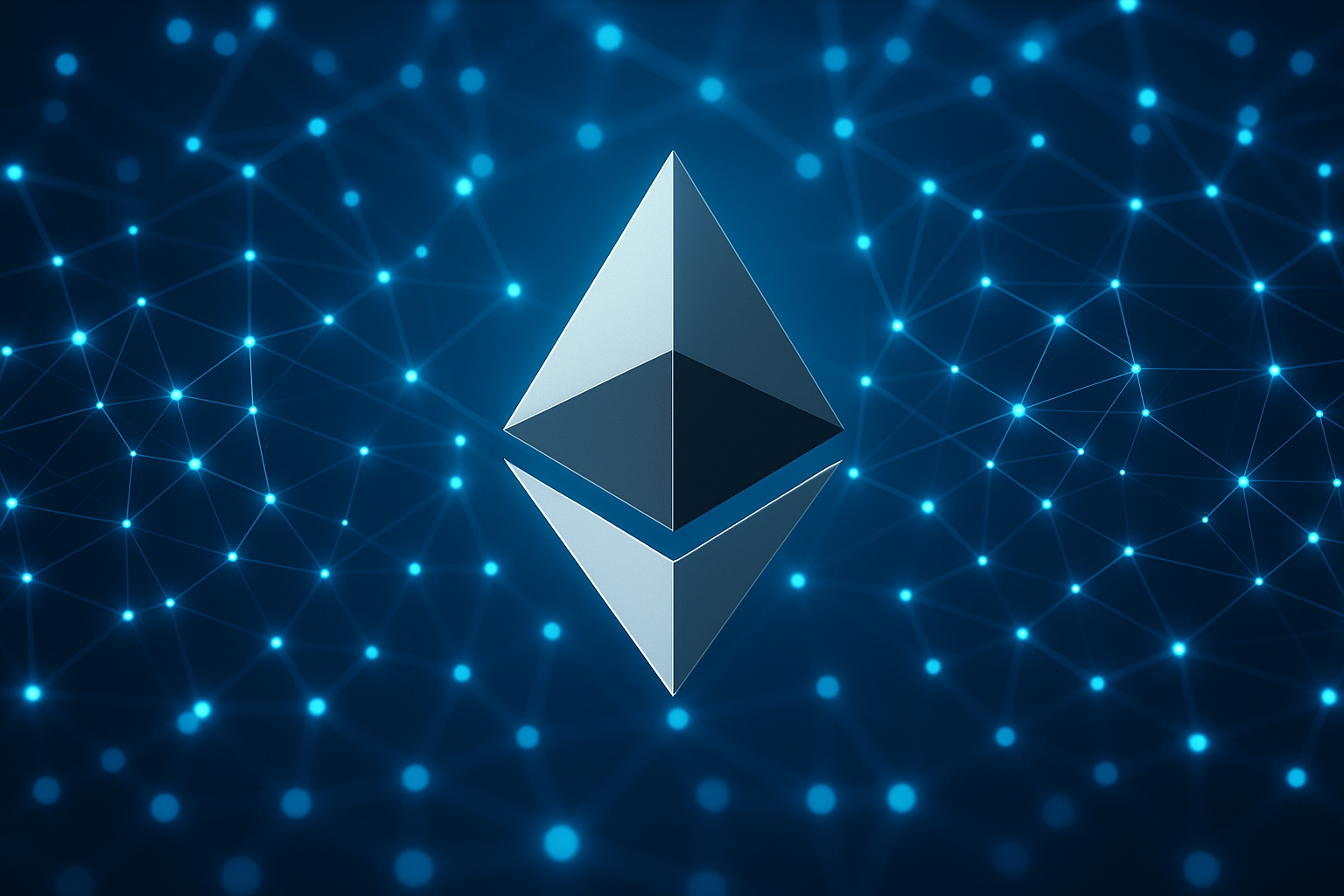ARTICLE AD BOX

- By enforcing a fixed gas ceiling during block validation, Ethereum’s EIP-7983 would improve transaction consistency, reduce gas fee volatility, and encourage developers to design modular, efficient dApps.
- EIP-7983 builds on prior proposals like EIP-7825 and comes as Ethereum faces competitive pressure from faster Layer-1s like Solana.
The new Ethereum Improvement Proposal (EIP) might provide an important protocol-level restriction to make the network more resistant and ensure predictable transaction behavior. EIP-7983, co-authored by Ethereum co-founder Vitalik Buterin and researcher Toni Wahrstätter, proposes to limit the amount of gas individual transactions allotted on the system to 16.77 million gas units.
About Ethereum’s Latest Upgrade Proposal
On July 6, the proposal that aims to fix a structural weakness in the Ethereum transaction execution model came to light. Currently, a single transaction may demand a gas limit of the entire block and this has the risk of denial-of-service (DoS) attack as a malicious entity can take the entire block and leave the rest of the network unadvertised.
EIP-7983 proposes a solution to this threat in the form of a per-operation gas limit, which would limit how many resources are consumed to run a single operation. The suggested limit of 16.77 million gas units reflects a deliberate calibration to support the execution of advanced smart contracts while curbing the potential for abuse.
Unlike the block-level gas limit, which remains adjustable by validators, this cap would be a fixed upper bound applied during block validation, automatically excluding any transaction exceeding the threshold. For further context, the proposed hard cap on the use of gas per transaction would enable the Ethereum network to prevent cases where one privileged operation interferes with the throughput in transactions or introduces validation delay.
The cap also aims to streamline the flow of transactions, promoting more consistent processing times and predictable gas fee behavior, which are key priorities in Ethereum’s ongoing efforts to increase scalability and usability. The majority of transfers made in Ether at the moment are significantly below the suggested limit so the general users of the system and developers are not supposed to be concerned about that.
Nevertheless, the limitation would stimulate construction of decentralized applications (dApps) and contracts that will process information in smaller and more modular ways. This modularization aligns with the design principles behind zero-knowledge virtual machines (zkVMs), where decomposed transactions facilitate more efficient computation and proof generation.
How EIP-7983 Could Improve Ethereum’s Performance
EIP-7983 is a part of a wider effort by the Ethereum developer community to improve protocol mechanics in a manner that does not break the typical workflow. It is an expansion of EIP-7825, which has focused on predictable gas consumption to create less-variable execution. The proposals depict this trend of securing and simplifying Ethereum transaction model.
The launch of such a gas cap comes amid the rising rivalry involving Layer-1 blockchains. In June, Ethereum fell behind Solana in terms of its revenue generated by the decentralized applications and activity in decentralized exchanges, as mentioned in our previous story. It indeed emphasized the urgent need for Ethereum to optimize its performance without distorting its flexible infrastructure.
Buterin has also advocated more general simplifications to Ethereum architecture. As reported by CNF, he is proposing the adoption of partial statelessness. The model enables full nodes to verify the blockchain without necessarily needing to store the full state, which may reduce their hardware demands and enable higher decentralization.
.png)
 4 months ago
8
4 months ago
8








 English (US)
English (US)